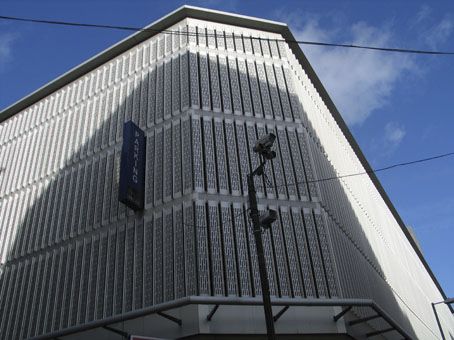Perforated sheets
Steel plates of mild or stainless steel, aluminium and its alloys or any other non ferrous metals can find infinite applications. This versatility and universality of application explain why we can find plates in the industry, agriculture, building, home furnishing and interior decoration. However plain sheets do not always match production requirements as well as statics, safety and design. So transparency, lightness or permeability together with resistance needs led to the perforated sheet at first with simple and rudimentary systems and later with even more developed technology.
Base materials
Each surface can be drilled (i.e. shaving-off machining) or punched and the latter is what we are going to talk about in this hand-book. Generally it is possible to perforate mild steel, several stainless steel, aluminium and its alloys, brass, copper, several plastic materials and so on. Thickness can vary from 0,5 mm up to 15 mm even though it is possible to perforate much thicker sheets.
Quality
The quality of a perforated sheet is normally considered for:
- precision of holes and pitches
- presence / absence of burr
- tolerance as per prescription
- flatness of the sheet
- precision of the dimensions.
A good importance is given to punctuality and accuracy of the supplier by order processing together with his wide technical know-how and a good capability to match each individual customer need.





